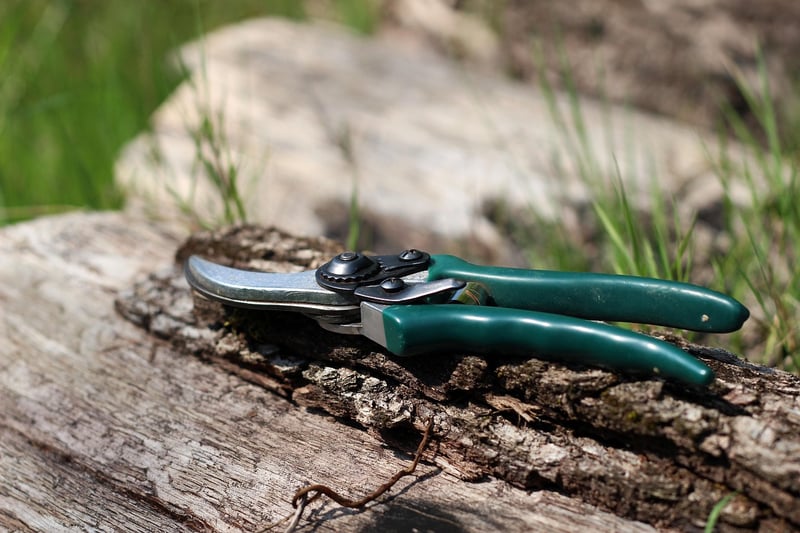Pruning Techniques
Keep Your Garden Thriving with Proper Pruning Techniques
Having a beautiful and healthy garden requires more than just watering and fertilizing. Pruning is a vital practice that promotes plant growth, enhances flowering, and maintains the overall shape and health of your garden. In this guide, we will explore essential pruning techniques to help you keep your garden thriving all year round.
Why Pruning is Important
Pruning is not just about cutting off random branches. It serves several crucial purposes:
- Promotes plant growth by removing dead or overgrown branches.
- Improves air circulation and sunlight penetration, which are essential for plant health.
- Shapes plants for better aesthetics and structure.
- Prevents diseases by removing infected or damaged parts.
Essential Pruning Techniques
1. Tools
Before you start pruning, make sure you have the right tools, including sharp bypass pruners, loppers for thicker branches, and a pruning saw for large limbs. Keeping your tools sharp will ensure clean cuts and faster healing for your plants.
2. Timing
Timing is crucial when it comes to pruning. Most flowering shrubs should be pruned right after they finish blooming, while dormant winter months are ideal for many deciduous trees. Avoid pruning during the active growing season to prevent stress on the plants.
3. Techniques
When pruning, follow these basic techniques:
- Remove dead, diseased, or damaged branches first.
- Prune at a 45-degree angle just above a bud or lateral branch.
- Thin out overcrowded branches to improve air circulation.
- Step back occasionally to assess the plant's overall shape as you prune.
Conclusion
By incorporating proper pruning techniques into your gardening routine, you can ensure that your plants remain healthy, vibrant, and visually appealing. Remember to research specific pruning requirements for each plant species in your garden to achieve the best results.

Happy pruning and may your garden flourish!
